EE Reveal “Air Mast” 4G Drones and Balloons to Help Connect UK Rural Areas
Mobile operator EE (BT) has today revealed details of their new Rapid Response Vehicles, balloons and drone based “Air Mast” technology, which will all be used to help keep their 4G (LTE) network running in remote communities (e.g. during disasters, network outages or to help emergency services).
Much of the new Mobile communications technology, including the operator’s patent-pending balloon (Helikite) and drone-based “Air Mast” coverage solutions, are described as being intended to both help keep rural communities connected and to support EE’s new £1.2bn Emergency Services Network (ESN) contract with the Government.
As part of that deal EE has committed to replace Airwave’s existing TETRA (Terrestrial Trunked Radio) technology, which covers around 97% of the UK’s landmass and delivers painfully slow dial-up style data rates, with a new network based on their superfast 4G Mobile service. However some gaps in coverage will remain and sometimes network outages may also get in the way, which is where the new approach will come in handy.
Advertisement
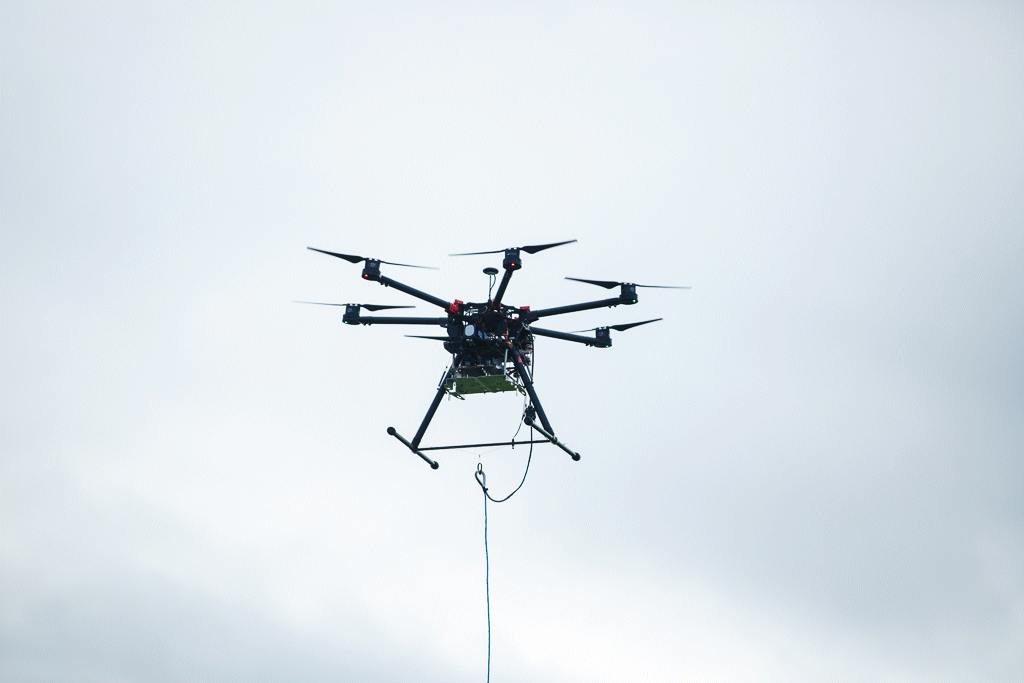
One of EE’s drones being tested
The new kit essentially allows EE to setup temporary 4G network coverage wherever it’s needed, with their drones and balloons all carrying mini basestations’ (small cells) and antennas’. Similarly their new Rapid Response Vehicles (RRV) can even deploy a large temporary mast (see below for a picture), which if necessary can be connected back to the main network via a Satellite backup from Avanti.
Apparently the new small cell technology for EE’s “Air Mast” system has been provided via Nokia’s lightweight and compact Flexi Zone basestation, while Parallel Wireless delivered a self-configuring and self-optimising basestation, in-band backhaul capability and network meshing techniques. On top of that VoltServer has provided a touch-safe and flexible Digital Electricity power over data cable/tether.
Marc Allera, EE CEO, said:
“We are going to extraordinary lengths to connect communities across the UK. Innovation is essential for us to go further than we’ve ever gone, and deliver a network that’s more reliable than ever before. Rural parts of the UK provide more challenges to mobile coverage than anywhere else, so we have to work harder there – developing these technologies will ultimately help our customers, even in the most hard to reach areas.
Looking ahead, I see innovations like this revolutionising the way people connect. In the future, why couldn’t we offer what we’re calling ‘coverage on demand’? What if an event organiser could request a temporary EE capacity increase in a rural area, or a climber going up Ben Nevis could order an EE aerial coverage solution to follow them as they climb? We need to innovate, and we need to think differently, always using customers’ needs to drive the way we create new technologies.”
At present EE claims to be upgrading more than 100 sites to 4G every week and they aim to reach 92% UK geographic coverage by September 2017, followed by 95% in 2020 (currently it’s only 75%). Some of those 100 sites per week add new coverage and some increase signal strength, capacity and reliability in areas with existing coverage.
On top of that EE are also rolling out a further 3,000 sites using low frequency 800MHz spectrum, which reaches further into rural areas and improves indoor coverage. However it’s worth remembering that the ESN’s geographic coverage goal of 97%, which is also set to be achieved in 2017, is measured differently from their consumer coverage goal of 92% for the same year (there is some separation between the two networks).
Advertisement
All of this comes at a time when the Government are under pressure following a report from the Public Accounts Committee (here), which warned that the new Emergency Services Network “seems unlikely” to meet its target date for delivery. Furthermore the report warned that the current strategy appeared to lack a detailed contingency plan and budget for tackling such delays.
Meanwhile EE expects to deliver a deployed balloon solution, in a rural environment, at some point during 2017. Otherwise feel free to enjoy this picture of EE’s new RVV with a large mast sticking out of its roof. You certainly don’t see that every day.

Mark is a professional technology writer, IT consultant and computer engineer from Dorset (England), he also founded ISPreview in 1999 and enjoys analysing the latest telecoms and broadband developments. Find me on X (Twitter), Mastodon, Facebook, BlueSky, Threads.net and Linkedin.
« Orange (EE) Scrap Free UK Email Service for Mobile and Broadband Users
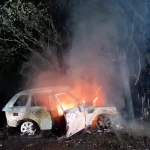

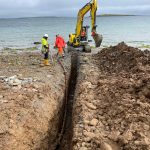



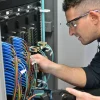
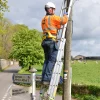









































Comments are closed